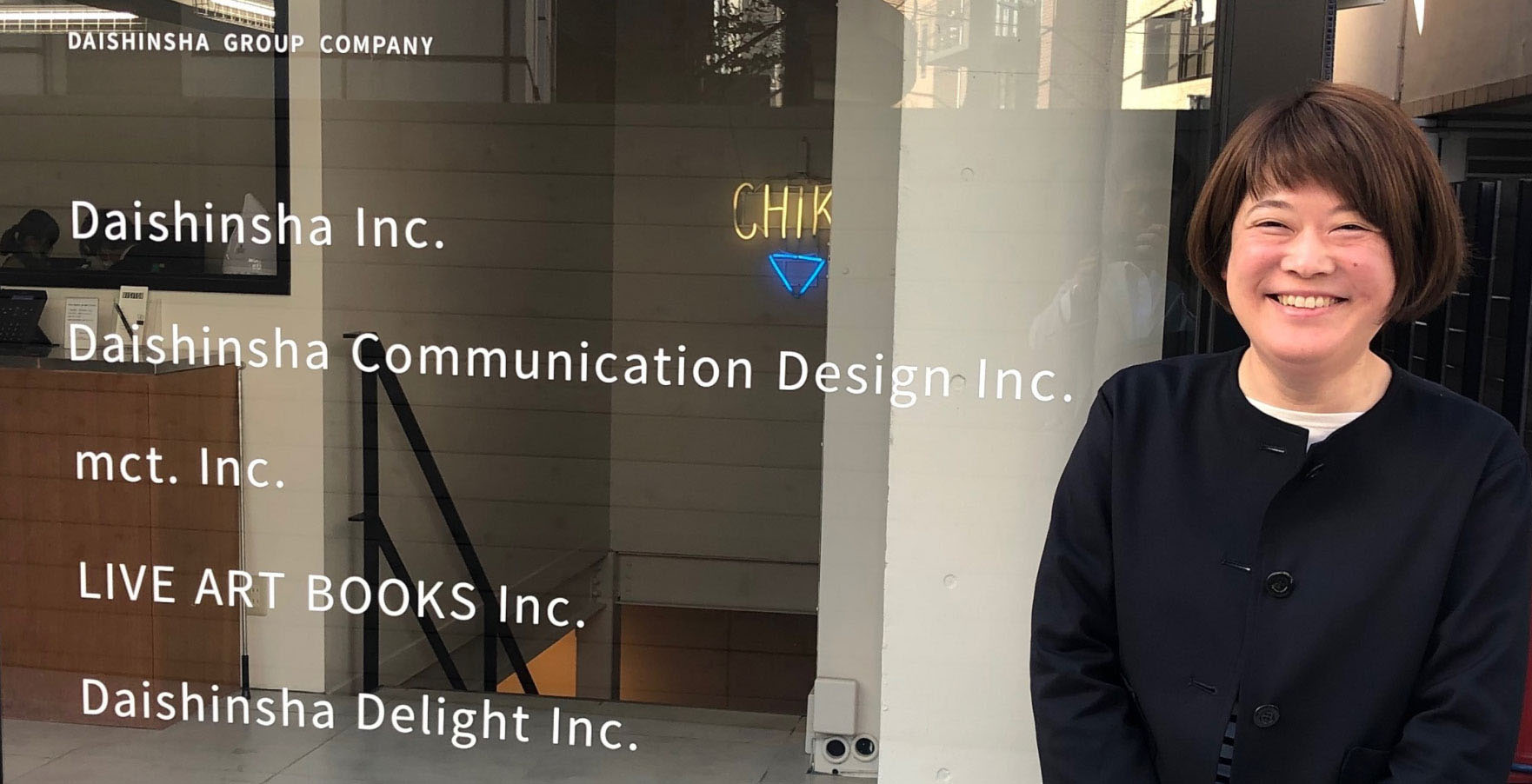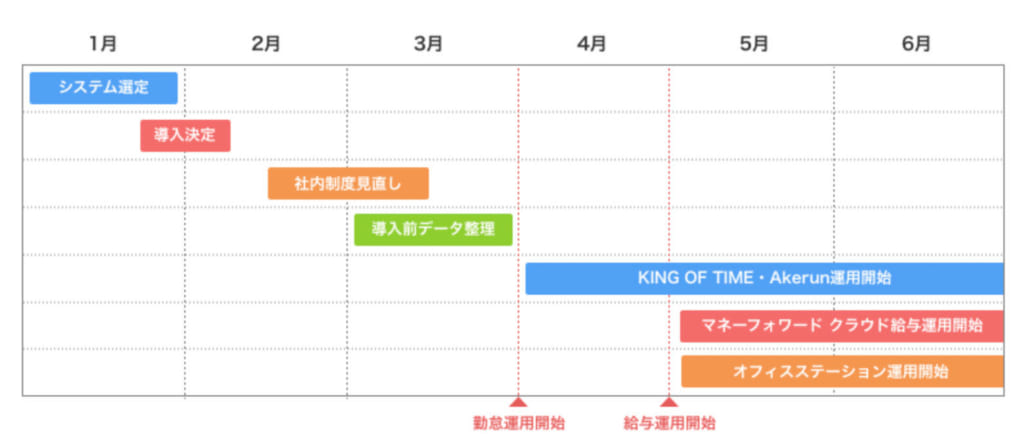Vision
To provide reliable, intelligent, efficient, and flexible back-office operations to support your organization’s success in Japan.
Latest Topics

Working to Reduce Work Time
Migrating to a cloud-based labor management system for more efficient and adaptable back-office operations.
Interview with Ms. Yukiko Uchiyama, Human Resources and Labor Relations Manager, Specified Social Insurance Labor Relations for Daishinsha’s DS&C.
We have been able to significantly reduce our workload, and “we can’t go back to the way things were before we implemented the system.”
The Daishinsha Group is involved in a wide range of businesses, including marketing and branding support. The company implemented four systems, including MoneyForward Cloud Payroll, to revamp its back-office operations. By linking the services, the entire company was able to reduce its work time by approximately 1,500 hours.
Updating installed software was costly and work-intensive.
Three people to handle the back-office operations of 270 people across two office locations.
Our company was founded in 1952 and has five group companies. The Daishinsha Group is engaged in a wide range of businesses, including marketing and branding support, research and design services, strategic and creative content production, high-quality printing business, and outsourced administrative services such as human resources, labor, and accounting.
For labor management, we now use a cloud service for the entire group, with three staff members in charge of the administrative operations for 270 employees between our two offices in Osaka and Tokyo.
Every update is a burden that has nothing to do with the actual business.
Before introducing MoneyForward Cloud Payroll, we used an installable software for payroll management, as well as a software developed in-house for attendance management.
With the installed software, we had to update the payroll every time the tax system changed. We could update the software through maintenance and operation, but this would incur new costs and work hours that were not related to the actual business. Another issue was that the software could only be used on the PC on which it was installed, which limited the scope of work.
In addition, the management of in-house attendance software was becoming more complicated due to the need to handle various work styles.
3 months from the selection of 4 systems to start of operations.

Why did you choose MoneyForward Cloud Payroll?
Our executives were also aware of the issues of compliance, such as measures against overwork, and reducing the workload in the back office. They launched a project to improve the efficiency of the back office.
When introducing new tools, we identified the following three points as essential:
(1) Go paperless for pay slips and other documents. Digitization of social insurance applications
(2) Cloud-based software instead of installable software
(3) Software that can be linked with other services, and introduced at the same time
Based on these factors, we compared multiple options, and decided to implement MoneyForward Cloud Payroll.
With MoneyForward Cloud Payroll, not only can we go paperless for payroll calculation and year-end adjustment, but we can also check our pay stubs including past pay stubs on our PC or smartphone. This makes it more convenient for employees. We also selected this system because it supports integration with many external services such as attendance management, labor management, and talent management.
We decided to implement “Office Station” for labor management and “King of Time” for attendance management. For attendance, we have a smartlock service called “Akerun” that allows for imprinting. Just by entering and exiting through the entrance and exit, both arrival and departure are recorded.
It took about three months from the official selection of the system to the start of its operation. Specifically, we selected the system combination in January and decided to implement it in February. After that, we confirmed the system integration, reviewed the workflow and internal systems, and in March, we set up the system and organized the employee data in earnest, and in April, we started the attendance system, followed by the payroll system in May.
Company-wide reduction of approximately 1,500 hours of work time through inter-service collaboration

“The effort on the administrative side has been reduced, but it’s also been great to see the positive reaction from employees.”
At first, we were concerned about whether we would be able to operate the system properly, but the design is so intuitive that anyone could operate it, and we were able to complete explanations to other locations via web conference, which was very helpful.
After the introduction of each system, we were able to improve work efficiency by about 1,500 hours company-wide through the development of workflow and coordination among services. One of the major changes is that the year-end adjustment can now be done paperlessly, eliminating the need to distribute documents to all employees and have them fill out detailed information manually.
Of course, this reduced the time and effort on the part of the management, but it also made the employees very happy. I am glad that we revamped our back-office operations. The workload of distributing pay slips in paper form and typing while looking at the paper has been reduced significantly. We can’t go back to the world before the introduction of the system.
This article was originally published in Japanese by MoneyForward. The above translation is published with the permission of MoneyForward.
https://biz.moneyforward.com/case/payroll/04013/
